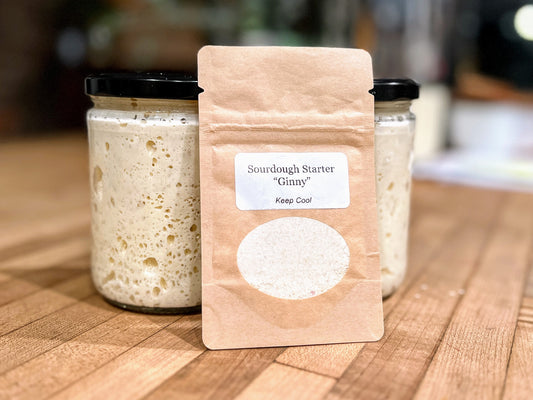Willows indeed are a remarkable and multi-faceted genus of trees and shrubs, bringing a wealth of benefits to any landscape they're part of. Their versatility and value extend across aesthetic, ecological, practical, and medicinal dimensions, making them a cornerstone species in sustainable and regenerative practices.
-
Ornamental and Aesthetic Value: Willows are visually stunning, with their graceful form, delicate leaves, and the gentle sway of their branches in the breeze. Many are prized in the floral world for their catkins or unique ornamental shapes and colors like fantail and curly willows.
-
Basket-making and Craftsmanship: The flexibility and strength of willow branches have been harnessed for centuries in the craft of basket-making. This traditional skill continues to be valued for its sustainability and the beauty of the handcrafted products.
-
Natural Barriers and Windbreaks: Willows grow rapidly and densely, making them excellent for creating natural barriers or windbreaks. They protect soil from erosion, shield smaller plants from harsh winds, and enhance privacy and noise reduction.
-
Biomass Production: The quick growth rate of willows makes them an excellent choice for biomass production. They can be harvested on short rotations, providing a renewable source of material for energy production or organic matter for composting.
-
Support for Pollinators: As early bloomers, willows are crucial for bees and other pollinators, offering a vital source of pollen and nectar early in the season when other food sources are scarce.
-
Medicinal Properties: The medicinal benefits of willows, particularly the salicin in their bark, have been recognized for centuries. This natural remedy has paved the way for modern medicines and continues to be valued for its anti-inflammatory and pain-relieving properties.
-
Rooting Hormone Production: The production of rooting hormones is another unique aspect of willows. 'Willow water' or 'willow tea', made by soaking the branches, can be used to encourage root growth in other plants, enhancing propagation efforts and gardening success.
Incorporating willows into a landscape not only enhances its beauty and biodiversity but also brings these multifaceted benefits, contributing to a sustainable and resilient ecosystem. Whether for their beauty, practicality, or ecological role, willows stand out as a valuable addition to any homestead or garden.
VARIETIES
Make sure to carefully read the descriptions of the varieties, some get big, some small, and all have unique characteristics. If you want to have fun pussy willows, we recommend at least two varieties to give you a bit of variation. Some grow well in some climates, and some don't, so its good to try a few and see what works for you.
In order of flowering... (for varieties focused on Catkins)
Rubykins
Winter Glory
Showtime/ Winter Green/ Mt Aso
Cinerea, Caprea
PLANTING INSTRUCTIONS
Stick them in the ground and let them grow.. It's almost that easy- full instructions here
HOW LONG TILL I CAN HARVEST?
We can harvest the next year after planting. It will be less stems in the first couple of years, but our 4 year old hedge now gives us 20-30 stems per plant. Sufficient water and competition make a huge difference in production.
GUARANTEE
Our willow cuttings are grown at the Farm on Central and come with a 100% survival Guarantee* When you get them, drop them in water, watch until roots initiate, and drop them in a pot with moist soil. Alternatively, although not guaranteed, is to just push them into the ground and keep them well watered (the important part) where you want them to grow. That works really well too!




